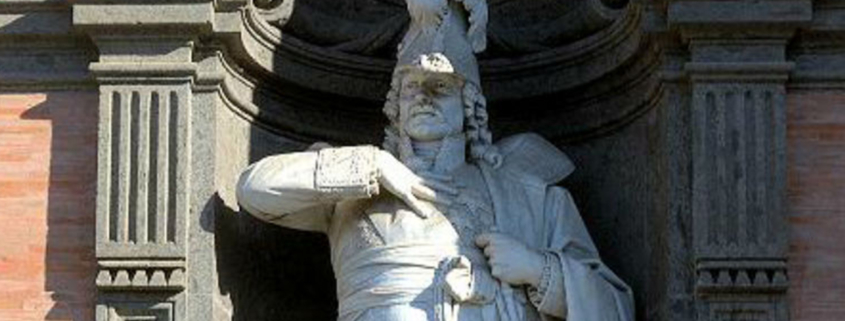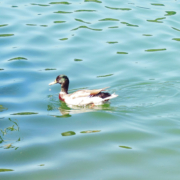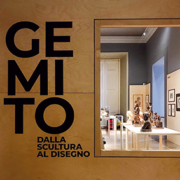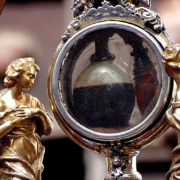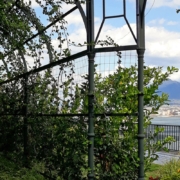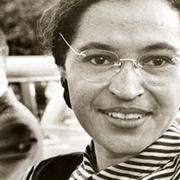MURAT AND PALAZZO REALE DI NAPOLI
Murat – from humble origins to the King of Naples
So, who was Joachim Murat?
Murat was born from humble origins in southwest France – La Bastide-Fortunière (known as Labastide-Murat today) on March 25th 1767. Considered as “The great military man” it was obviously thanks to his so-called “bravery” that he steadily climbed the military ladder. Murat commanded the cavalry of the French Egyptian expedition of 1798 and became Marshal and “First Horseman of Europe” in May 1804, participating in all of Napoleon’s campaigns including Austerlitz, Jena, Eylau and Borodino (1812).
Murat was considered as a brave soldier by Napoleon even though often too impulsive. He married Napoleon’s youngest sister Caroline Bonaparte after returning from Egypt in 1800 bearing four children – Achilles, Laetizia, Lucien and Louise, and became prince during March 1806 – before arriving to Naples. Napoleon nominated Murat as King of Naples after ousting the Bourbons two years later in 1808. Murat was noted as a charismatic cavalry officer but also as “The Dandy King” thanks to his flamboyant style of dressing.
But what did Murat – the new sovereign actually do to win favour of the population and take place as one of the statues at the entrance of the Royal Palace Palazzo Reale di Napoli?
Well, apart from generally giving priority to the populations most critical conditions and attempting to raise the kingdom’s economy, Murat also tried to restore the public debt, forgave the “deserters” and abolished executions. After the foundation of the Banco delle due Sicilie he not only declared that his own expenses would not influence state income but confiscated all ecclesiastical property. These confiscations clearly did not prove popular at all to the clergy – and things did not improve when he introduced the Napoleonic Code which included the legalisation of divorce for the first time in Italy. Murat also dealt with education involving engineering, bibliography, professorships and public works.
As Murat became more and more “Neapolitan” and the kingdom was less tied to France, Napoleon continued his project. Murat signed the pact of alliance with Austria after fighting for Napoleon in the last battles of Dresden and Leipzig but was convinced to keep the Neapolitan crown. During March 1815 he invaded the papal state fighting against the Austrian army who had the upper hand. Murat was defeated and the Bourbons returned to the throne. Murat dreamt not only the Kingdom of Naples but Italy – asking the entire population to turn against foreign power to then issue the proclamation of Rimini.
A number of his troops convinced him to organize another expedition to regain control of Naples – leaving Ajaccio in September 1815 – expected to land in Salerno, Napoli.
It is believed that bad weather conditions forced him and the expedition to land at the port of Pizzo – situated on the Calabrian Coast. As one of his battalions landed, they handed him over to the Bourbon Gendarmerie who sentenced him to death for treason. His former allies whom he had deserted campaigned for his arrest in Calabria. The dominant castle of Pizzo was where he was imprisoned and then shot – after his last proud words: «Soldats! Faites votre devoir! Droit au coeur mais épargne le visage. Feu!» “Soldiers! Do your duty! Straight to the heart but spare the face. Fire!”
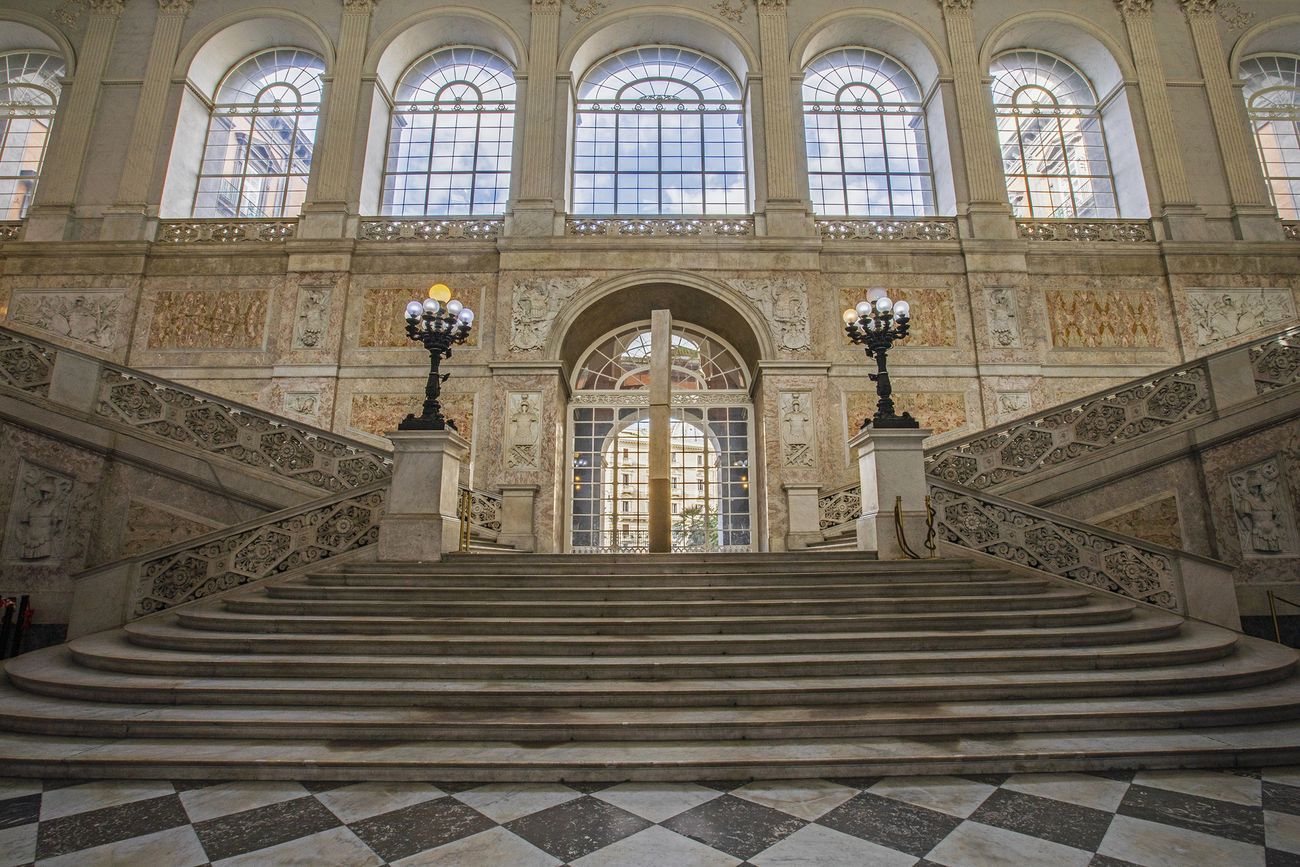
PALAZZO REALE DI NAPOLI My Country magazine recently highlighted the Royal Palace Palazzo Reale di Napoli. It’s a pleasure to take another visit to the Palace, with the magnificent series of statues and of course its garden – Giardino Pensile (pictured right). The National Library was transferred here by 1925, but was damaged due to WWII bombings and the subsequent military occupation. The external statues dominating the western side of the palace facing Piazza del Plebiscito portray the rulers of the Kingdom of Naples dating from the 10th-century and are positioned in chronological order (see this month’s cover page). The Palace was enriched by Murat and his wife Caroline Bonaparte with rich Neoclassic decor and furnishings during the Napoleonic occupation. It is notable that no statue along the façade of Palazzo Reale refers to the Bourbon reign – not even Carlo di Borbone, engraved as Carlo III – Charles III the King of Spain. During the 17th-century the Garden, originally named “Giardino del Belvedere” was enriched and expanded including a large terrace by the wish of Carlo di Borbone, who arrived to Naples in 1734. Known as the “Giardino Pensile a Palazzo Reale” today, the Garden has recently re-opened to the public following reconstruction works, also offering a fantastic view of the unique Gulf – Golfo di Napoli.
Source ©My Country magazine – March 2020 (pages 8-9)

